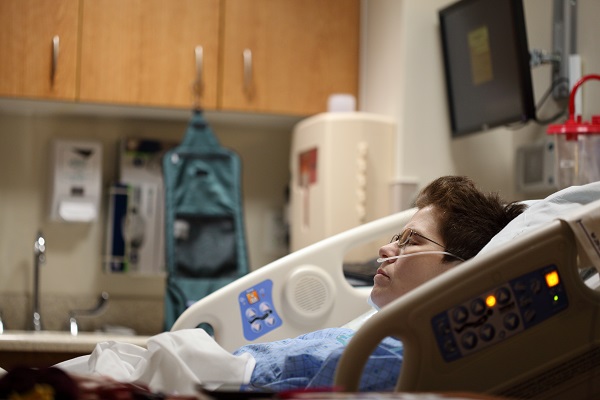
@ShahidNShah


The intriguing connection between light and human health is as old as time itself. With modern advancements, this age-old relationship has been revisited, refined, and revolutionized through the lens of smart lighting. Designed to sync with our innate circadian rhythms, smart lighting has emerged as a powerful tool in healthcare, particularly in facilitating and enhancing patient recovery. This article sheds light on the transformative role of smart lighting in aligning with circadian health and its ensuing benefits.
Our circadian rhythm, often dubbed the body’s internal clock, regulates numerous physiological processes, from sleep-wake cycles and hormone production to metabolism rates. Naturally aligned with the Earth’s light-dark cycle, any disruption in this rhythm—whether due to irregular sleep, jet lag, or inadequate lighting—can have cascading health implications. Enter smart lighting.
Smart lighting systems, equipped with sensors and advanced technologies, can mimic the natural progression of daylight. From the soft, golden hue of dawn to the bright white of midday and the warm, amber tones of dusk, these systems adapt to support our innate rhythms. By doing so, they can foster environments conducive to healing and well-being.
According to the Journal of Clinical Sleep Medicine, patients exposed to circadian-aligned smart lighting reported an improvement in sleep quality and an observable reduction in recovery time post-surgery. Furthermore, a survey by the Lighting Research Center found that 80% of healthcare facilities implementing smart lighting observed enhanced patient mood and reduced complaints of sleep disturbances.
Optimal lighting conditions wield a profound impact on patient recovery. Smart lighting plays a pivotal role in sleep regulation by enhancing melatonin production at night, which in turn promotes the restful sleep essential for healing. Additionally, exposure to natural light patterns has been found to alleviate feelings of depression and anxiety, emotions often heightened in hospitalized patients. Beyond these psychological benefits, proper lighting also bolsters alertness and cognitive function, attributes that are crucial for patients navigating post-operative recovery or grappling with the aftermath of trauma.
From a broader perspective, faster patient recovery rates can significantly reduce hospital stays and associated costs. For healthcare providers, this means optimized bed turnovers, reduced medication for sleep disorders, and enhanced overall patient care quality.
For healthcare architects and interior designers, integrating smart lighting systems becomes an imperative rather than an afterthought. The design should ensure maximum exposure to natural light, supplemented and enhanced by smart lighting, especially in spaces like ICUs, recovery rooms, and even psychiatric wards.
While the merits are numerous, integrating smart lighting isn’t without challenges. Initial setup costs, the need for periodic calibration to ensure alignment with circadian rhythms, and training staff to operate and manage these systems effectively are all critical considerations. Moreover, individual variances in circadian rhythms, especially in patients with specific disorders, demand more personalized lighting solutions.
With the continuous evolution of technology, the potential for smart lighting is immense. Imagine systems that adjust not just based on the time of day but also the individual patient’s circadian rhythm, health condition, age, and treatment requirements. The future of healthcare could very well be illuminated by lights that do more than just brighten a room; they could light the way to faster, more effective recovery.
In summation, the nexus between circadian health optimization and smart lighting represents a monumental shift in healthcare paradigms. As we continue to delve deeper into understanding the intricate dance of light and health, it becomes evident that our strides in medicine will be brightly lit by smart, adaptive, and responsive lighting systems. In this journey from illness to health, perhaps the light at the end of the tunnel is, quite literally, smart lighting.
In the vast realm of healthcare, real-time feedback is transforming how providers monitor, analyze, and care for their patients. For any system to operate optimally, feedback loops are essential. They …
Connecting innovation decision makers to authoritative information, institutions, people and insights.
Medigy accurately delivers healthcare and technology information, news and insight from around the world.
Medigy surfaces the world's best crowdsourced health tech offerings with social interactions and peer reviews.
© 2025 Netspective Foundation, Inc. All Rights Reserved.
Built on Jul 14, 2025 at 2:07pm